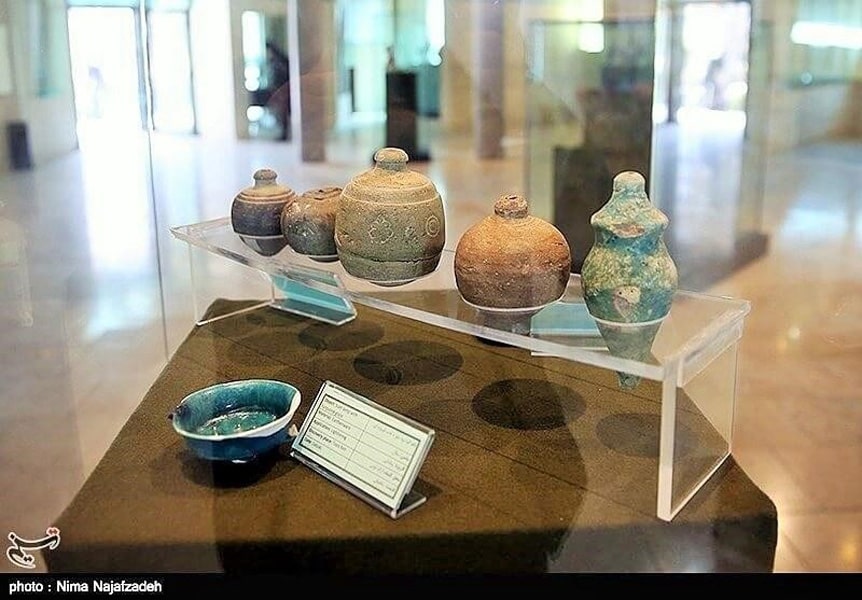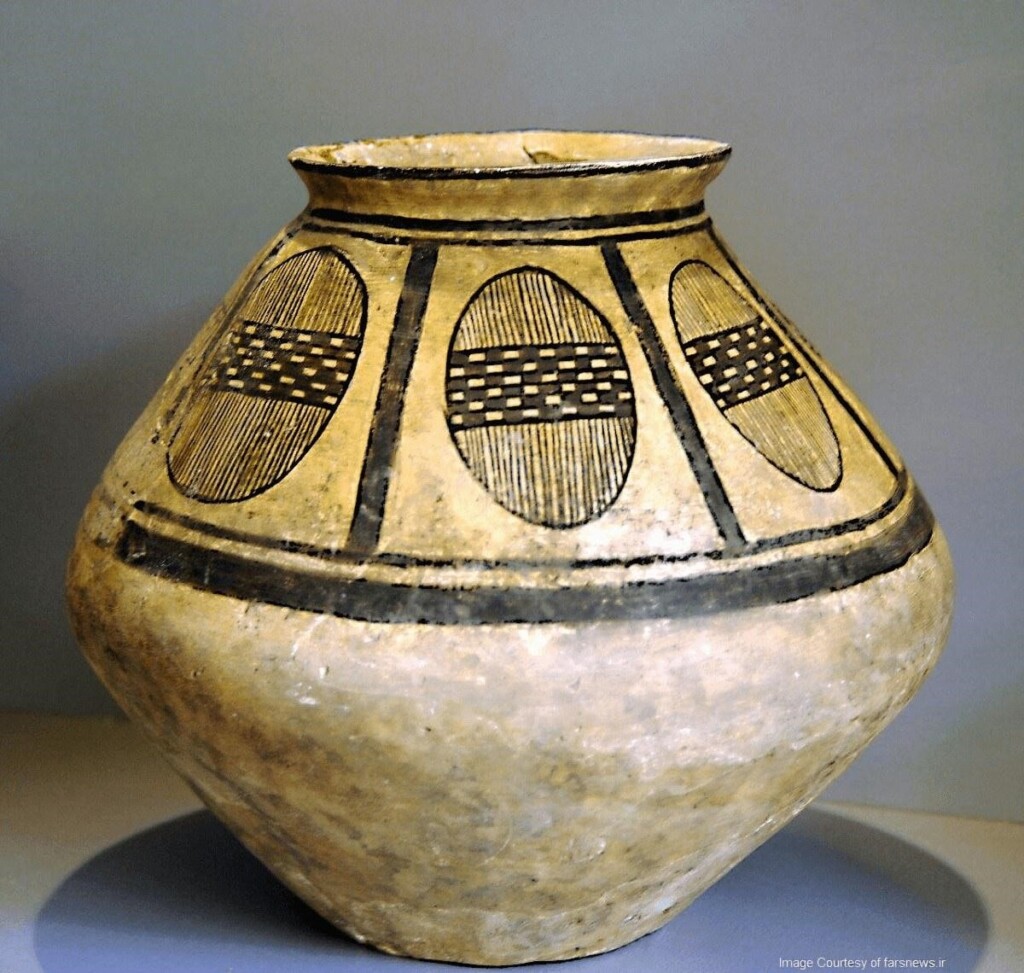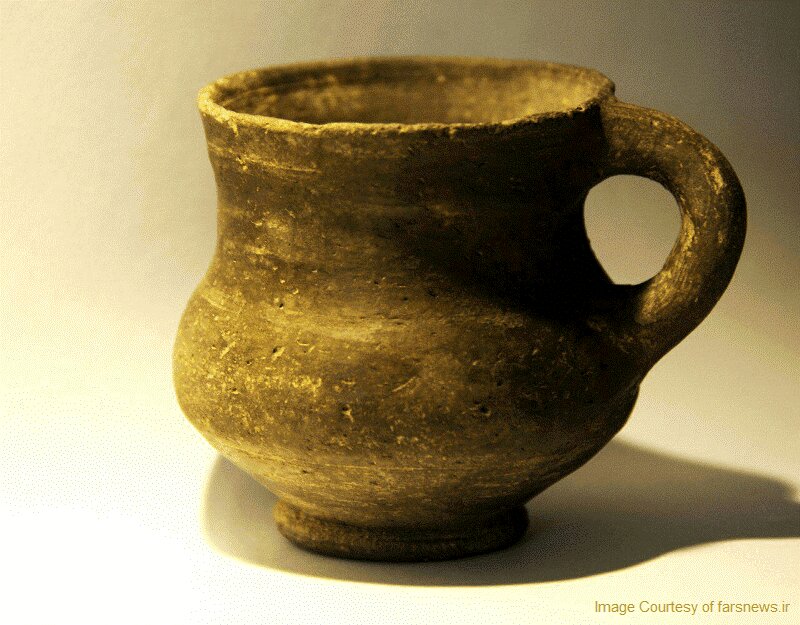
Natanz is one of the beautiful cities of Isfahan province that dates back to pre-Islam Iran. Natanz County has two districts, four cities, and five villages. Badrud City is one of the most captivating cities in Natanz. There is an area called Arisman Ancient Village in the Badrud desert area. It is one of the oldest industrial cities in the history of human civilization and one of Natanz tourist attractions.
This village consists of three ancient sites in the foothills of the Karkas mountain chains. The village is one of this region’s valuable historical attractions, registered in Iran’s national heritage list in 1999.
Sites Discovered in Arisman Ancient Village
Arisman village holds one of the most valuable ancient sites in Iran and the world. This site spans about 40 hectares, where multiple traces of metal melting slag (a by-product of the metal melting process) have been discovered. Arisman ancient site may be one of the birthplaces of mining and metalworking.
The site was identified in 1996. After the 1979 revolution, a bilateral committee of Iran and Germany launched the first and largest international archaeological project in Iran.
The archaeological excavation started in 1999 and ended in 2002. Archaeologists set up four excavation sites in this area. Subsequent excavations and the discovery of metal melting furnaces dating back to the first and fourth millennia BC were considered incredible results.
Arisman ancient site was identified as an ancient industrial town based on the traces of silver and copper slag and metal smelting furnaces. In addition to the cases mentioned, copper ores, casting molds, and equipment have also been discovered on this site.
All the artifacts discovered in the Arisman ancient village are on display in a museum in the center of the historic neighborhoods of Natanz. This museum is in a historic house called the Bagheriha House of Natanz. The Bagheriha house is a two-story building that showcases 6,000-year-old artifacts from Arisman and Milajred villages.
Ancient Metal Smelting Practices
Metal smelting craft is one of the crafts that spread from the Arisman village to countries such as Egypt and the Mesopotamia region. The practice of metal melting in the village was simultaneous with the rise of the Tepe Sialk civilization in Kashan.
Metal melting was done in four stages. In the first step, the metal ores were smelted in furnaces. When the metal passes its melting point, it becomes liquid, exposing the base metal. The base metal slag was extracted from the smelted mix. Finally, a new metal smelting furnace would be built over the previous furnace.
Other Artifacts Discovered in Arisman Ancient Village

The artifacts discovered in the Arisman site can be placed in four general categories:
- Movable relics: These artifacts include cultural heritage and historical objects discovered at the site.
- Immovable relics: These works include historical and cultural locations.
- Natural attractions: These works include unique geographical landscapes, natural and historical sites, phenomena, and valuable samples of plants, animal life, and habitats.
- Intangible heritage: events, ceremonies, and spiritual and cultural rituals are considered intangible heritage. Also, sounds, skills, and cooking recipes fall into this group.

In Arisman Ancient Village, some movable artifacts have been identified. These works include a mold, a carved stone bead, an engraved clay pot, and two other clay containers. A carving from the Chalcolithic period (3rd to 5th millennium BC) can be seen on the stone bead discovered at the site. This era is also known as the Neolithic period in Iran.
In addition, the discovery of remains such as a brick building, an industrial workshop, and a graveyard with a buried cask establish the chronology and historical value of the site.
Natanz City is ranked third in Iran regarding registered sites across the four categories of movable and immovable relics, natural attractions, and intangible heritage. This city ranks behind Isfahan and Kashan in the number of registered tourist attraction sites.
Visit This Ancient Village and Archaeological Site
Arisman Ancient Village is significant because of its valuable ground. Due to the abundance of valuable metals such as silver and copper in this area, it is necessary to maintain the site by adhering to the principles of responsible tourism. This village can attract many tourists because of its 6,000-year history.
If you travel to Arisman Village in Natanz on an Iran tour package or by yourself, visit the Arisman Village. You can see the artifacts discovered in the area in the Natanz Archaeological Museum, which is located in the Bagheriha house.
Destination Iran is glad to introduce Natanz Tourist Attractions, which includes the Arisman Ancient Site and other destinations in this city.
Where is the Arisman Ancient Village?
Arisman Ancient Village is five kilometers from Badrud City in Natanz County, Isfahan province.
You can see the location of Arisman village below:
Frequently Asked Questions About Arisman Ancient Village
If you cannot find the answer to your questions in the following, share your questions with us through the comments section of this post. We will answer them as soon as possible.
Where are the ancient artifacts discovered in the Arisman ancient village?
The artifacts found from the Arisman ancient site are kept in the first archaeological museum of Isfahan province, Bagheriha House of Natanz.
What is the distinguishing feature of the Arisman ancient site?
Arisman ancient site is the first historical metal smelting area and one of the oldest industrial cities in the history of human civilization. The metal smelting furnaces discovered in this area are considered the first metal smelting furnaces in the world, and they belong somewhere between the 4th and 1st millennia BC.
Where is Arisman Industrial Village?
Due to the discovery of silver and copper slags and metal smelting furnaces, the Arisman ancient village is also known as Arisman industrial village.
How old is the Arisman Ancient Village?
Based on the artifacts discovered in the ancient site of Arisman, traces of civilization in this area goes back 6 thousand years ago. According to archaeologists, Arisman was contemporary with Tepe Sialk in Kashan. It was also the exporter of metal smelting crafts to Egyptian and Mesopotamian civilizations.













